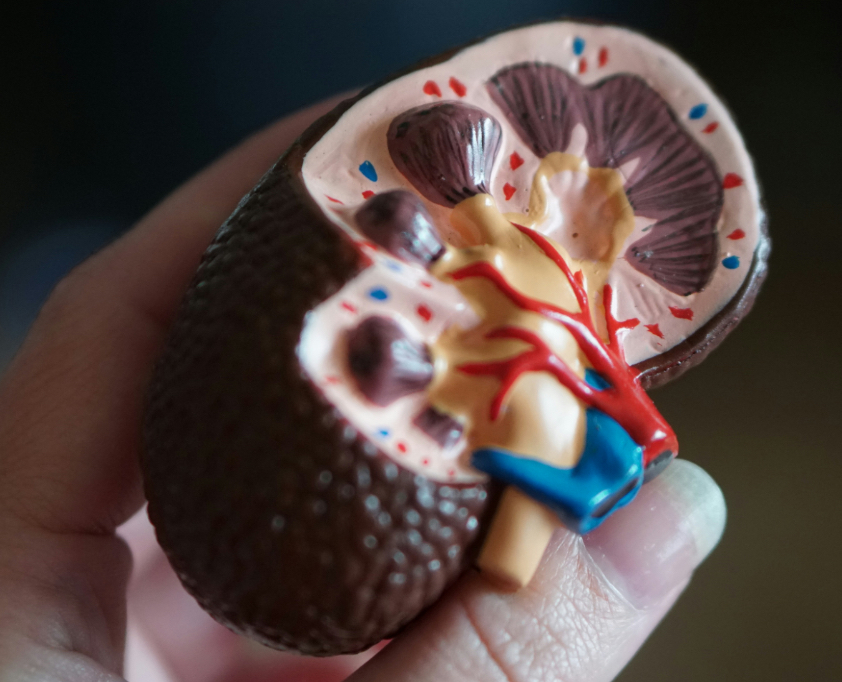Wilson’s disease is a rare genetic disorder causing copper to accumulate in the body, primarily in the liver, brain, and eyes, due to mutations in the ATP7B gene. Normally, this gene helps regulate copper levels by excreting excess copper into bile. When mutated, copper builds up, leading to toxic effects.
Key Features:
- Symptoms: Often appear in teens to early adulthood (ages 5-35). Include liver issues (jaundice, hepatitis, cirrhosis), neurological symptoms (tremors, clumsiness, difficulty speaking), psychiatric issues (anxiety, depression), and Kayser-Fleischer rings (copper deposits in the eyes, visible as a brown ring around the iris).
- Diagnosis: Blood tests (low ceruloplasmin, high copper levels), urine tests (high copper excretion), liver biopsy, genetic testing, and eye exams for Kayser-Fleischer rings.
- Treatment: Lifelong management with chelating agents (penicillamine, trientine) to remove excess copper, zinc to block copper absorption, and a low-copper diet (avoiding shellfish, liver, chocolate, nuts). Severe cases may require liver transplant.
- Prognosis: With early treatment, many lead normal lives. Untreated, it can be fatal due to liver failure or neurological damage.
Cause: Autosomal recessive; both parents must carry the mutated gene. About 1 in 30,000 people are affected globally.
Management Tips:
- Regular monitoring by a hepatologist or neurologist.
- Avoid copper-rich foods and unfiltered water (copper pipes).
- Family members of patients should be screened for the gene.
If you need specific details (e.g., treatment side effects, genetic testing, or recent research), let me know, and I can dig deeper or search for real-time info.
Disclaimer: owerl is not a doctor; please consult one.


Leave a Reply